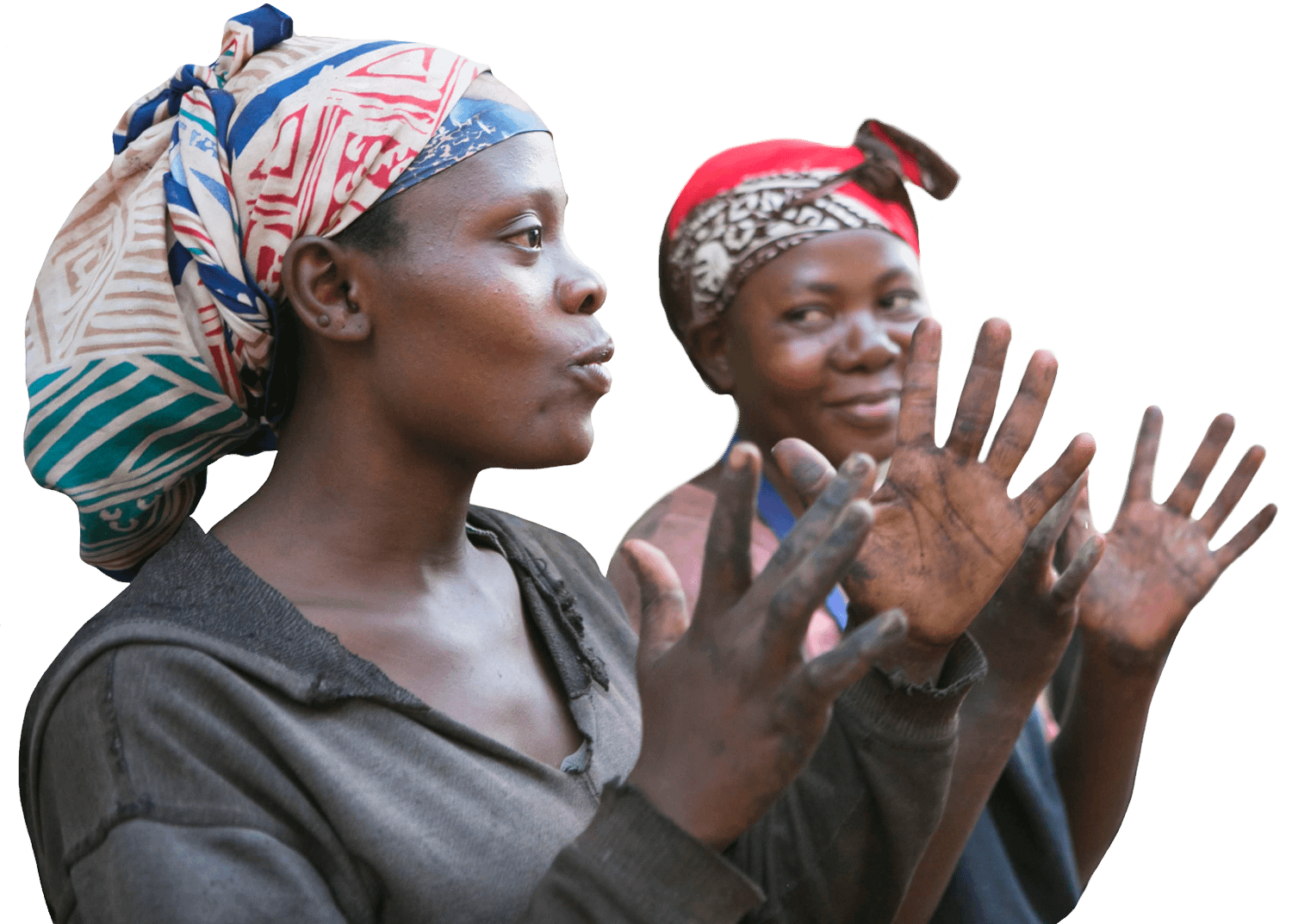
Our mission is to provide the Bible by video in the world’s many sign languages
Globally there are...
70 million sign language users
350+ sign languages
15% of sign languages have access to portions of Scripture
1 sign language has a full Bible translation
How we work
Around the world, Deaf community leaders are eager to create local initiatives for sign language Bible translation and ministry.
We help them clearly communicate the gospel of God’s love in the sign languages their communities understand best.
What we do
- Deaf-Hearing Relations and Partnerships
- Sign Language Bible Advocacy
- Sign Language Bible Translation Progress
- Sign Language Bible Access and Distribution
- Deaf Community and Bible Engagement
Our values
God First
Deaf Centered
Innovation
Stewardship
Servant Hearted
Legacy
Meet the team
Adam
Since 2019. Adam is passionate about leveraging technology to get sign language Bibles to Deaf people. Adam has over a decade of experience in the tech field. He earned a bachelor’s in computer science from Stephen F. Austin State University and a master’s in digital media from University of Utah. In his free time, he loves spending time outdoors and playing any sports with his boys.
Brandy
Since 2018. Brandy loves using her gifts to serve a Christian, Deaf-centric organization. She has an associate degree in general studies from Howard College and uses her administrative skills to create efficiency and hospitality in our office. Brandy is married to Ryan, a Deaf pastor and teacher, and together they have three children.
Carly
Since 2021. Carly is passionate about sharing God’s love with Deaf people hungry for hope. She is a brilliant connector of people and uses this gift to link Deaf individuals to Deaf churches, ministries, and sign language Scripture. She earned a bachelor’s in liberal arts from California State University, Fullerton, and believes that each of us, no matter our abilities, has a part to play in God’s kingdom. Outside of work, Carly loves to play sports and eat dark chocolate!
Chantel
Since 2012. Chantel is an advocate and catalyst for Deaf people to encounter the gospel. She became President and CEO on January 1, 2020. Her educational background spans Deaf culture, cross-cultural communication, ASL interpreting, theology, and business leadership. Chantel and her husband, Joel, live in Midlothian, Texas, with their two daughters.
Javier
Since 2015. Javier works with translation teams on the field and supports them in media production and quality assurance. He is a graduate of the Deaf Missions Training Center. Javier’s favorite thing about his job is the teamwork involved. His favorite verse is James 1:27 and he enjoys playing board games and building legos.
Joel
Since 2020. Joel leads our technology teams to build systems that accelerate our mission. He has a master’s in liberal arts from Harvard, a CTO professional education certification from MIT, and a bachelor’s in management Information systems with a business minor from Oral Roberts University. He has been a leader in technology fields for over a decade. Joel is committed to excellence in his work and is passionate about using his experience to serve the Deaf community.
Min Min
Since 2021. Min Min oversees operations, optimizes processes, and manages teams to ensure efficiency and growth. She enjoys engaging with teams around the world each week. She has her bachelor’s in kinesiology from University of Texas at Arlington, which reflects her love of sports and staying active. Her favorite verse is Exodus 14:14, “The Lord will fight for you; you need only to be still.”
Paul
Since 2019. Paul is a true innovator and entrepreneur who opened his first business at age 15. In his role, he leads and mobilizes teams around the world to translate and distribute sign language Bibles. Paul has an accounting degree from a secondary technical school. As a native of Ukraine, he brings valued cross-cultural experience to his work. In his free time, he enjoys fishing and filmmaking.
Samantha
Since 2019. Samantha guides our Interpreter Workforce, a team of qualified, Christian interpreters building bridges between Deaf and hearing collaborators. She is a CODA (Child of Deaf Adults) who has played an active role in the Deaf and interpreting community her entire life. Her passions include serving the Deaf community, gospel music, and the color pink.
Stephen
Since 2019. Stephen brings a wealth of linguistic knowledge to the organization. He has his bachelor’s in American Sign Language from Gardner-Webb University, a bachelor’s in applied science and technology from Rochester Institute of Technology, and a master’s in linguistics from the University of North Dakota. Stephen is an expert of languages both spoken and signed. In his free time, he enjoys writing novels and being with his family.
Executive Partners
Rebecca Johnson, Advancement
Joel Pagán, Innovations
Kingdom Tech Now
Tim Wilkins, Finance
Andrew Hood, Strategy
Glass Box Systems
Board of directors
Melvin Morris, Chairman
CFO, Faith Comes by Hearing
Grace Townsend-Goreth, Vice Chair
Dave Cram, Secretary/Treasurer
Retired VP/CFO, Wycliffe Bible Translators
Mark Apodaca
President, FINLION
John Dickinson
Founder, Dickinson & Partners
Together, we can go farther, faster to reach more Deaf communities
